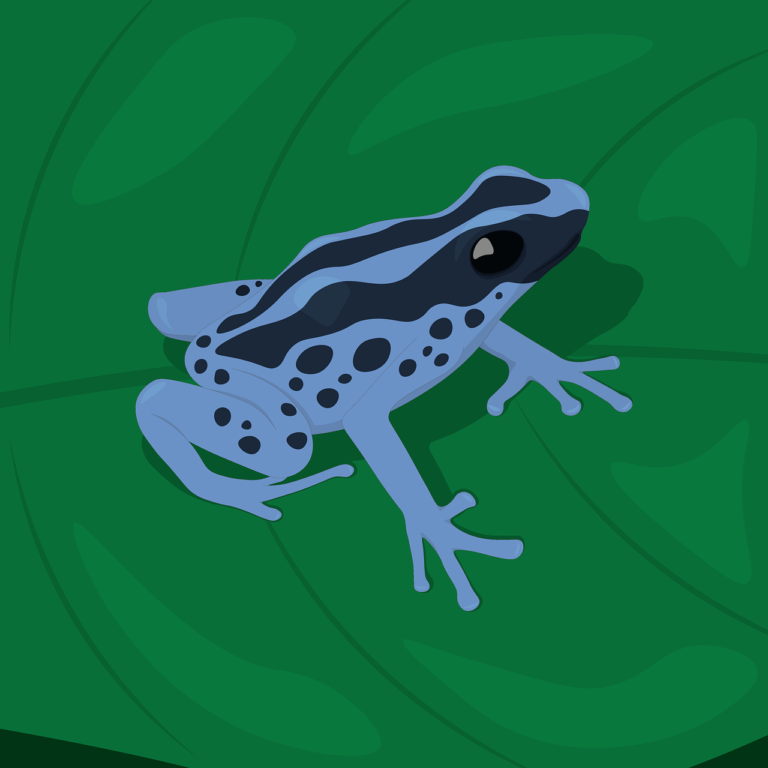Many species have gone recently extinct, but a few stand out as particularly tragic. An animal can go extinct for many reasons: habitat loss, pollution, disease, and climate change all play a part.
Some of these animals were very close to being saved from extinction when they finally succumbed. Others disappeared from our planet without leaving any trace behind—an entire species wiped out by human intervention for no reason other than greed or carelessness. Here are five animals that recently went extinct in 2020s:
Table of Contents
Recently extinct animals: the Ivory-Billed Woodpecker
Declared Extinct: 2021
The ivory-billed woodpecker was a bird native to the southeastern United States. The ivory-billed woodpecker is a huge bird, measuring up to 30 inches. It has a bright red, white, and black body with a large black patch of feathers on its head that looks like an old-fashioned man’s hat.
It also had long, strong beaks with which it could break open tree trunks to eat insects like ants or termites inside them–something other types of birds couldn’t do very easily because their beaks weren’t strong enough.
The bird was once common throughout the American southeast but declined rapidly due to logging and hunting.
In 2021, the government listed this species as extinct.
Recently extinct animals: the Splendid Poison Frog
Declared Extinct: 2020
The Splendid Poison Frog is a member of the frog family Dendrobatidae, present in Colombia and Ecuador. It is an arboreal species that live in forests at elevations of 1,200–2,600 m (3,900–8,500 ft).
The Splendid Poison Frog was a beautiful green animal with blue markings on its back. It had black spots and blotches on the sides of its body, and the male’s throat was orange or yellow. This species was first discovered in 2003 by scientists at the University of Kansas who were studying poison frogs in Ecuador’s Mindo Valley region.
The International Union for Conservation of Nature (IUCN) declared splendid forest frogs extinct in 2020.
Recently extinct animals: Lake Lanao Freshwater Fish
Declared Extinct: 2020
Lake Lanao is a freshwater lake located in Mindanao, Philippines. It’s home to a critically endangered species of fish called the Lake Lanao Freshwater Fish.
This animal was last seen in 2020. Scientists think it became extinct sometime before that date, but no one knows for sure because no one has seen it since then either.
Smooth Handfish
Declared Extinct: 2020
The Smooth Handfish is a fish from southern Australia. It is about the size of a human hand and has no dorsal fin. It was declared extinct in 2022 following a decline in numbers since the early 1900s when it was found in abundance along Tasmania’s riverbanks.
However, this little guy isn’t extinct: there are still some specimens preserved in museums worldwide.
Bramble Cay Melomys
Declared Extinct: 2019
The Bramble Cay Melomys is a small rodent that lives on the island of Bramble Cay in Australia. This animal was first discovered by Europeans in 1845 and has been studied by biologists since then. In 2009, it was rediscovered by fishermen who only saw one animal on their trip: a male with an injured tail.
The cause for its extinction is unknown, but it has been speculated that rising sea levels due to climate change are responsible for its disappearance from this small island and many other species known to live around Australia’s Great Barrier Reef.
Faced with scarce resources and the loss of their habitat, Bramble Cay Melomys went from endangered to extinct—according to the Australian government in 2019.
Spix’s Macaw
Declared Extinct (In the Wild): 2019
Spix’s Macaw is an extinct species of parrot. It was only found in Brazil; the last sighting was in 2000. The Spix’s Macaw had blue feathers on its head and bright yellow ones on its chest, belly, neck, and tail. It was named after the German naturalist Johann Baptist von Spix, who discovered it during his expedition to Brazil from 1817-1820.
This bird is one of many animals that have recently gone extinct due to human interference.
We’ve lost many species in the past couple of years
There are many reasons for the increase in the extinction rate. Habitat destruction and climate change can cause animals to become endangered or extinct. To protect our world’s wildlife, we need to do more.
We hope you enjoyed learning about some of these animals and their stories, and we hope that you’ll take action to help protect animals and their habitats. You can start by learning more about conservation efforts near your home or worldwide.
Read also: One of the biggest project worldwide to fight climate change: the African Great Green Wall












